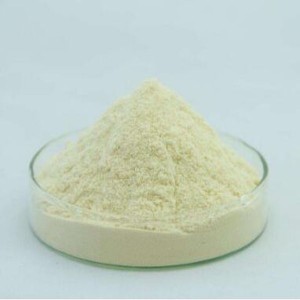Furazolidone is a nitrofuran antibacterial drug that has certain antibacterial effects on both Gram positive and Gram negative bacteria, including Salmonella, Shigella, Escherichia coli, Klebsiella pneumoniae, Enterobacterium, Staphylococcus aureus, Enterococcus faecalis, Streptococcus pyogenes, Vibrio cholerae, Campylobacter, Bacteroidetes, etc. It also has activity against Trichomonas and Giardia at certain concentrations. Its mechanism of action is to interfere with bacterial oxidoreductases, thereby blocking the normal metabolism of bacteria. Mainly used to treat various intestinal infections, bacterial dysentery, diarrhea, enteritis, Escherichia coli sepsis, typhoid fever, cholera, infectious rhinitis, blackhead disease, trichomoniasis, and Klebsiella pneumoniae. It can also be used in combination with antacids and other drugs to treat gastric antral inflammation caused by Helicobacter pylori.
Furazolidone has minimal toxicity to fish, turtles, etc. It can be used as both a preventive measure and a treatment for early diseases in freshwater aquaculture.
It can enhance the disease resistance of diseased fish. To prevent white head and white mouth disease, gill rot disease, printing disease, vertical scale disease, red skin disease, etc. in domestic fish, soak and wash once before stocking. To prevent diseases such as white head and white mouth disease, gill rot disease, vertical scale disease, and fin decay disease in ornamental fish, those raised in small water bodies should be soaked once a day and then soaked again every other day. To treat diseases such as white head and white mouth disease, gill rot disease, vertical scale disease, and fin decay and tail rot disease in ornamental fish, soak once a day, and then soak again every other day. This can be done continuously for 3-5 times until the disease disappears and the fish returns to health.
Post time: Mar-29-2024
